Archives
- 2025-12
- 2025-11
- 2025-10
- 2025-09
- 2025-03
- 2025-02
- 2025-01
- 2024-12
- 2024-11
- 2024-10
- 2024-09
- 2024-08
- 2024-07
- 2024-06
- 2024-05
- 2024-04
- 2024-03
- 2024-02
- 2024-01
- 2023-12
- 2023-11
- 2023-10
- 2023-09
- 2023-08
- 2023-07
- 2023-06
- 2023-05
- 2023-04
- 2023-03
- 2023-02
- 2023-01
- 2022-12
- 2022-11
- 2022-10
- 2022-09
- 2022-08
- 2022-07
- 2022-06
- 2022-05
- 2022-04
- 2022-03
- 2022-02
- 2022-01
- 2021-12
- 2021-11
- 2021-10
- 2021-09
- 2021-08
- 2021-07
- 2021-06
- 2021-05
- 2021-04
- 2021-03
- 2021-02
- 2021-01
- 2020-12
- 2020-11
- 2020-10
- 2020-09
- 2020-08
- 2020-07
- 2020-06
- 2020-05
- 2020-04
- 2020-03
- 2020-02
- 2020-01
- 2019-12
- 2019-11
- 2019-10
- 2019-09
- 2019-08
- 2018-07
-
Another interesting interaction concerns NMDA
2023-09-21
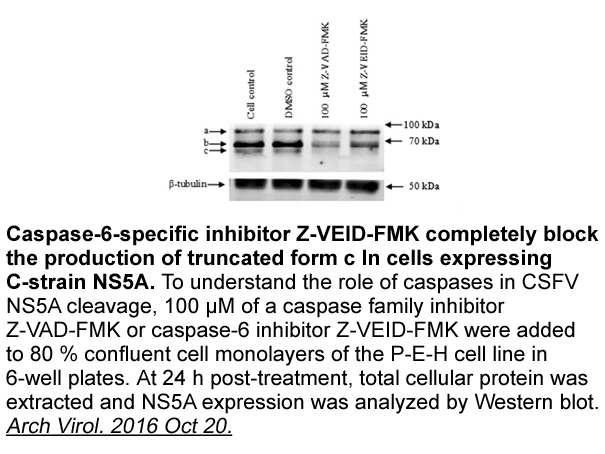
Another interesting interaction concerns NMDA preconditioning to protect against glutamate neurotoxicity. It has been shown that an A1R antagonist prevented neuroprotection evoked by NMDA preconditioning against glutamate-induced cellular damage in cerebellar granule cells. In this study, the functi
-
In the presence of detrimental conditions such as inflammati
2023-09-21
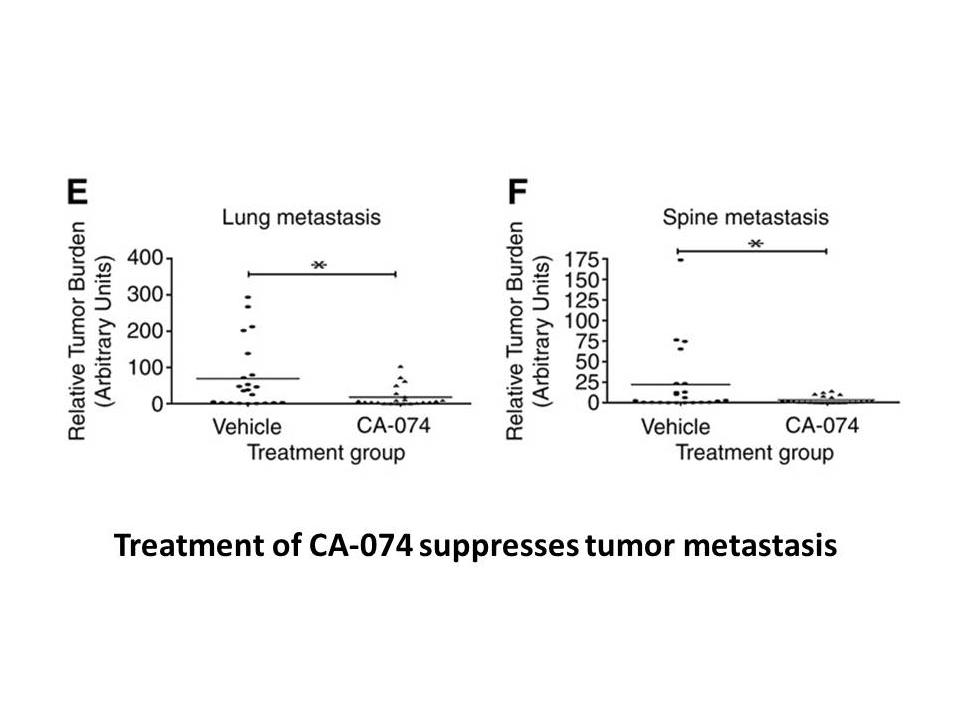
In the presence of detrimental conditions, such as inflammation, hypoxia, ischemia trauma or neoplastic milieu, the extracellular levels of adenosine increase massively, reaching micromolar range [51,52]. In these pathological contexts, adenosine accumulation stems from increased extracellular depho
-
Z-DEVD-AFC synthesis br The role of AMPK beyond
2023-09-21
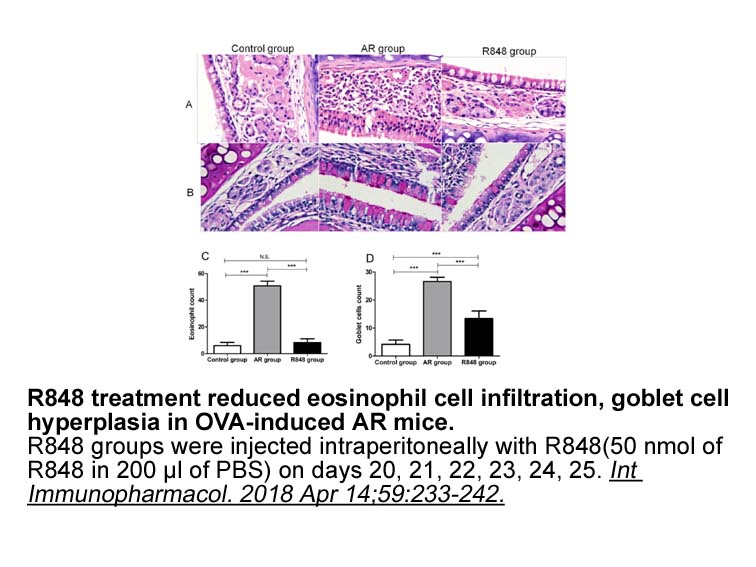
The role of AMPK beyond Z-DEVD-AFC synthesis homeostasis: regulating metabolism AMPK plays a major role in glucose homeostasis by modulating glucose transport in peripheral tissues [20]. Skeletal muscle, one of the main peripheral tissues involved in glucose uptake and disposal, expresses glucos
-
Ten strains of lactobacilli TMW isogenic with strain
2023-09-21
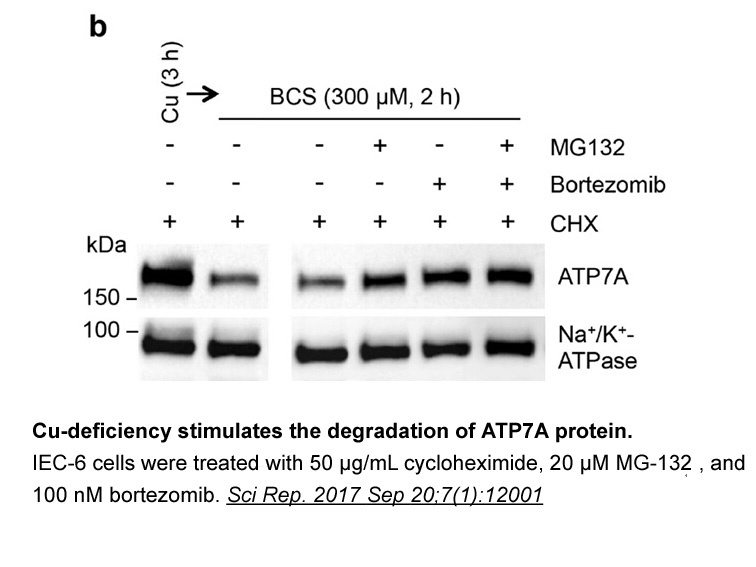
Ten strains of lactobacilli: TMW 1.1434 (isogenic with strain F19 ), TMW 1.1733 (isolated from fermented food), TMW 1.1628 (isolated from baby feces), TMW 1.1609 (isolated from baby feces), TMW 1.1734 (isolated from fermented food), TMW 1.313 (isolated from non-pasteurized Heineken beer), TMW
-
To better understand the pathophysiology of ASDs we
2023-09-21

To better understand the pathophysiology of ASDs, we would need comprehensive information on a) the functions of ASD-associated proteins in the brain, b) how mutations affect the expression level and function of these proteins, c) how mutations affect their function in neurons, and d) how changed ne
-
Further evidence for ACh GABA
2023-09-21
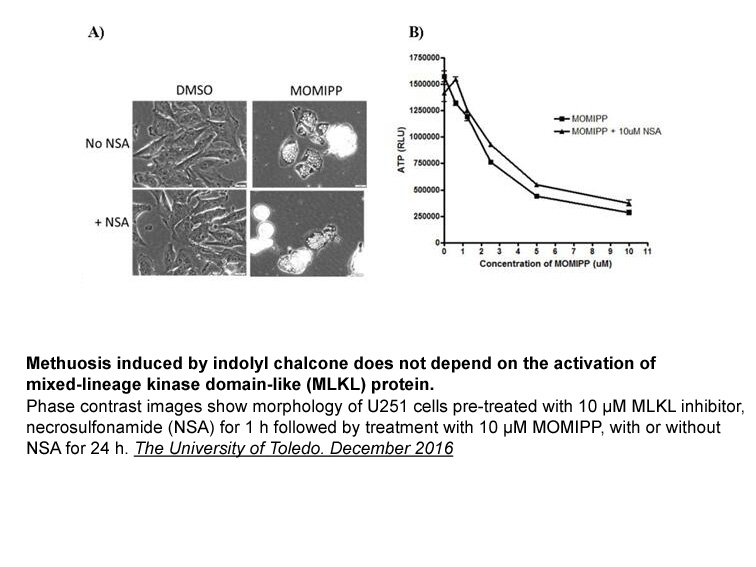
Further evidence for ACh/GABA cotransmission had also been observed in the cortex. Extensive axonal arborization from cholinergic BF neurons exists throughout the cortical layers, allowing direct observation of cholinergic synaptic terminals. One study in the visual cortex of cat examined immunolabe
-
br Methods br Results From
2023-09-21
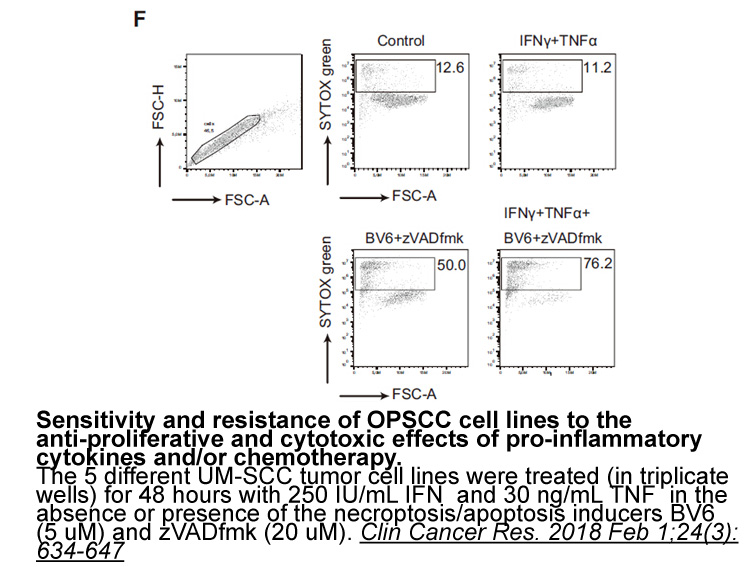
Methods Results From a study population of 7069 patients, a total of 149 falls were reported during the study selective serotonin reuptake inhibitor for an incidence rate (IR) of 5.2 falls per 1000 patient-days (PD), 95% confidence interval (CI) 4.4/1000 PD–6.1/1000 PD. The incidence rate rati
-
br AD and COX LOX pharmacology
2023-09-21
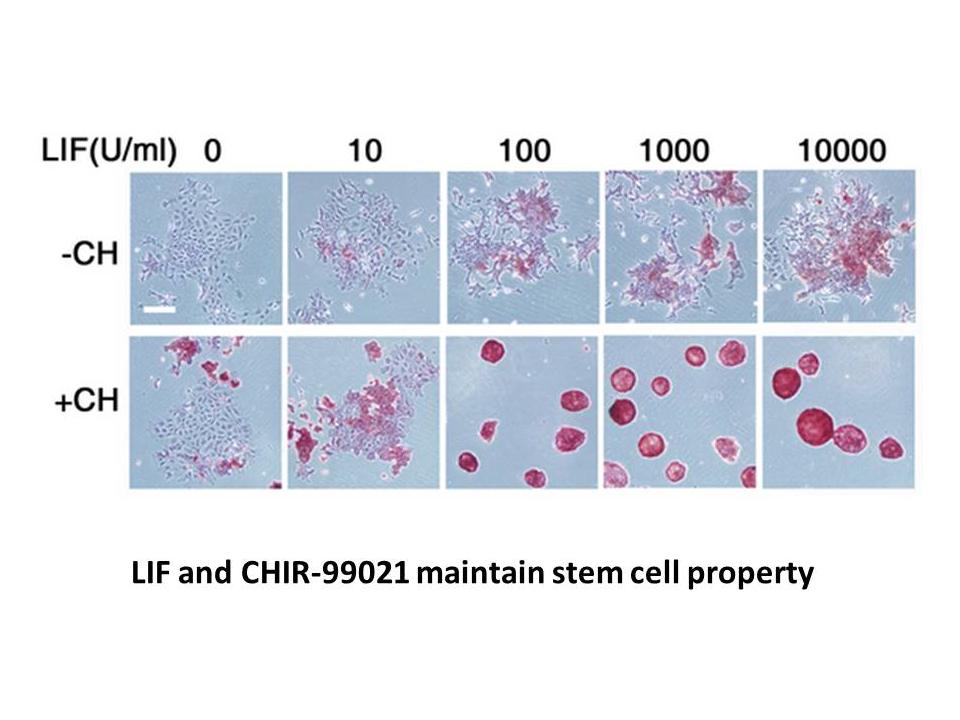
AD and COX/5-LOX pharmacology Early studies on the role of cyclooxygenases in AD were inspired by epidemiological data suggesting that COX inhibitors such as nonsteroidal anti-inflammatory drugs (NSAIDs) could be beneficial in AD patients (Lucca et al., 1994, McGeer et al., 1990). This line of re
-
The relatively high concentration of HT used in
2023-09-21
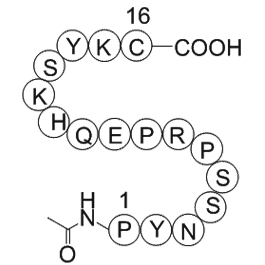
The relatively high concentration of 5-HT used in this study (100 µM) is consistent with the concentrations used in other published ex vivo studies (Ropert and Guy, 1991, Passani et al., 1994, Shen and Andrade, 1998). In our paradigm 5-HT was focally applied at the surface of the slice via a fast pe
-
Maintaining the normal vaginal fluid
2023-09-21
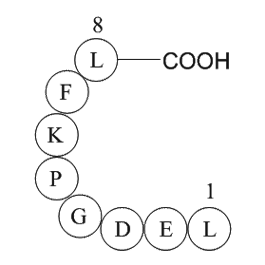
Maintaining the normal vaginal fluid acidity is important for vaginal functions (Wagner and Levin 1984). Estrogen has been shown essential in maintaining the acidity of vaginal fluid, in which its deficiency could cause vaginal fluid pH to increase (Gorodeski et al. 2005). After menopause, low estro
-
As the effects of baclofen on
2023-09-21
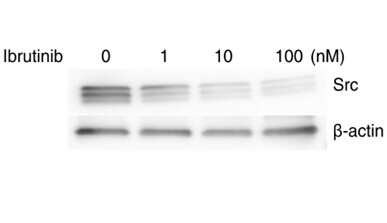
As the effects of baclofen on primary afferent activity are not reproduced by GABAA receptor agonists like muscimol and isoguvacine, this ionotropic receptor may play minimal role in the modulation of primary afferent activity. However, it is important to note that post-synaptic GABAA receptors rema
-
This progressive behaviour is summarized in Fig
2023-09-21

This progressive behaviour is summarized in Fig. 4, which depicts the variation in convexity of the obtained cut-off patterns for the series of six antioxidants. The form and degree of convexity of the obtained cut-off curves should in principle correlate with the AOs hydrophobicities, and therefor
-
AZD1152 synthesis HMGA proteins have also been linked
2023-09-21
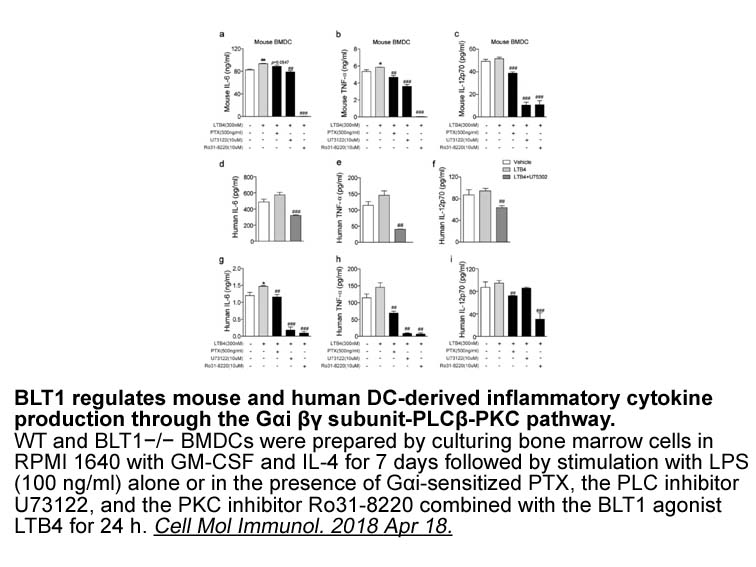
HMGA proteins have also been linked to localized changes in chromatin/nucleosome structure and alterations of cellular phenotype during induction of gene transcription in activated T lymphocytes. An adaptive immune response is initiated when naïve resting T lymphocytes encounter their corresponding
-
Consistent with the in vitro results memantine ameliorated A
2023-09-21
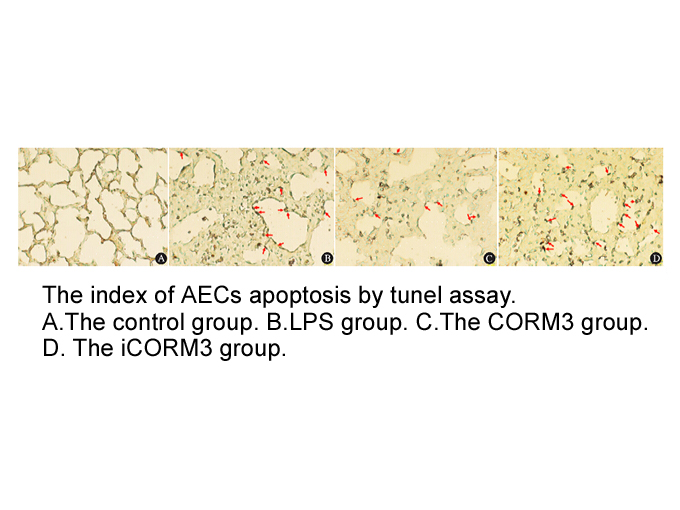
Consistent with the in vitro results, memantine ameliorated Aβ-induced cytotoxicity in rat primary cortical cultures. Studies reported that memantine protected neurons against the damage caused by aggregated Aβ40 or Aβ42 oligomers in vivo[26], [27]. These results suggest that, in addition to its neu
-
br Current therapies for metabolic diseases
2023-09-20
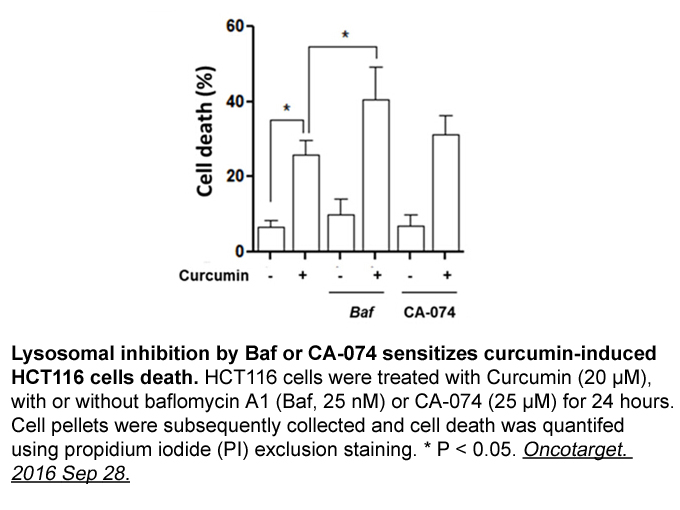
Current therapies for metabolic diseases Inborn errors of metabolism caused by deficiency of particular enzymes due to loss of function mutations or deletions have been treated by decreasing the intake of the enzymatic substrate, supplementation with an essential cofactor or vitamin, increasing m
14563 records 271/971 page Previous Next First page 上5页 271272273274275 下5页 Last page